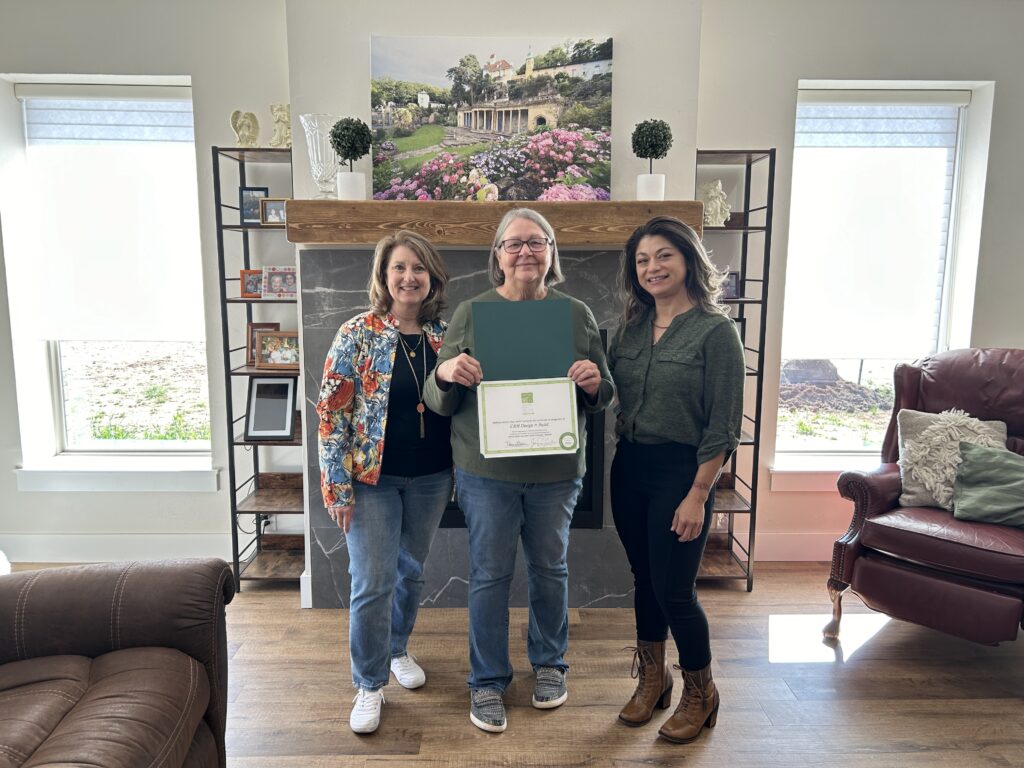
“Most of what makes a green house green is common sense and quality building practices.” Green Home Coach
In the hustle and bustle of modern life, where every decision seems to carry weight, the quest for a healthier, more sustainable lifestyle has become increasingly prevalent. For many, this journey begins at home. But what exactly constitutes a “green” home, and how can you ensure that yours meets the mark? Let’s delve into the world of green home certifications to uncover the benefits, principles, and pathways toward creating a more eco-conscious living space.
Picture this: You’ve just moved into your dream home, nestled amidst nature’s tranquility, with sunlight streaming through the windows and a gentle breeze whispering through the trees. But beyond the idyllic setting lies a deeper, more profound aspect of your home’s allure – its green certification. This isn’t just a label; it’s a testament to your commitment to sustainability and well-being.
Imagine a home where the air you breathe is pure, most of the materials surrounding you are non-toxic, and your living space is optimized for health and efficiency. That’s the promise of a green-certified home. Beyond the tangible benefits of lower utility bills and reduced environmental impact, such homes offer something even more valuable – peace of mind.
One of the primary advantages of green home certification is the increased health and safety for you and your loved ones. By adhering to rigorous standards for materials and construction practices, these homes minimize exposure to harmful substances and promote a healthier indoor environment. Additionally, green-certified homes boast higher resale values and tend to sell faster, thanks to their desirable features and the confidence they instill in prospective buyers.
Now that we’ve established the benefits, let’s explore what distinguishes a green home from its conventional counterparts. At its core, a green home embodies sustainability across six key categories:
Each category encompasses a range of building practices, products, and behaviors aimed at minimizing environmental impact and maximizing occupant well-being. From the materials used in construction to the energy systems powering the home, every aspect is carefully considered to align with green principles.
When it comes to selecting materials for your home, opting for sustainable options is key. From carpets made of recycled fibers to countertops crafted from reclaimed wood, there’s a wealth of eco-friendly choices available. Certifications like Cradle to Cradle provide assurance that these materials meet rigorous environmental standards, offering peace of mind to conscientious consumers.
Even the smallest decisions within your home can have a big impact on sustainability. By choosing non-toxic decorative elements and eco-friendly fixtures, you can create a living space that’s as safe as it is stylish. Look for labels and certifications that validate the eco-friendliness of products, guiding you toward choices that align with your values.
Indoor air quality is paramount to occupant health, making it essential to select low or no VOC paints and eco-friendly materials for interior finishes. Certifications such as ICC-700 NGBS and Wellness Within Your Walls provide assurance that these selections meet strict standards for indoor environmental quality, ensuring a healthier home for you and your family.
Certifications serve as beacons of sustainability, guiding green building projects toward their goals. Whether it’s the ICC-700 NGBS or the WELL Building Standard, these certifications provide a framework for incorporating sustainable practices and materials into every aspect of home construction. By prioritizing certifications, homeowners can ensure that their homes meet the highest standards of sustainability and health.
In the quest for healthier living spaces, a myriad of programs and certifications offer guidance and validation. From the EPA’s Indoor airPLUS program to Wellness Within Your Walls, these initiatives provide resources and recommendations for creating homes that promote the well-being of their occupants. By embracing these certifications, homeowners can take proactive steps toward a healthier and more sustainable lifestyle.
At the heart of every green-certified home lies a commitment to health, sustainability, and quality. By seeking certification from reputable third-party organizations, homeowners can validate their efforts and distinguish their homes in the marketplace. Whether it’s the ICC 700 National Green Building Standard or certifications from Pearl Certification or GreenStar Homes, these programs offer assurance that a home meets rigorous standards for sustainability and performance.
In conclusion, the journey toward a greener home begins with a commitment to sustainability and a willingness to embrace eco-friendly practices and materials. By prioritizing certifications, selecting sustainable materials, and making informed choices, homeowners can create living spaces that not only enhance their quality of life but also contribute to a healthier planet for future generations.
So, why wait? Start your journey toward a greener home today and reap the countless benefits that come with it.
5 Green Building Industry Pros Weigh In On Green Home Certification
5 Categories Green Home Certifications Typically Have in Common
Navigating Green Product Certifications: A Guide to Sustainable Choices
Download our Healthier Home checklist to start living in a healthier, better home today!
At Green Home Coach, helping you to create and discover healthier, more comfortable homes is what I do. I work with home professionals – designers, builders, realtors, and more; home owners and dwellers … just about anyone that works with a home in some way.
© Green Home Coach 2025 | An Oakes Creative House Site | Privacy Policy | Terms of Service
Photography by SLPhotography | Home page image provided by Chelsey Seaton Photography